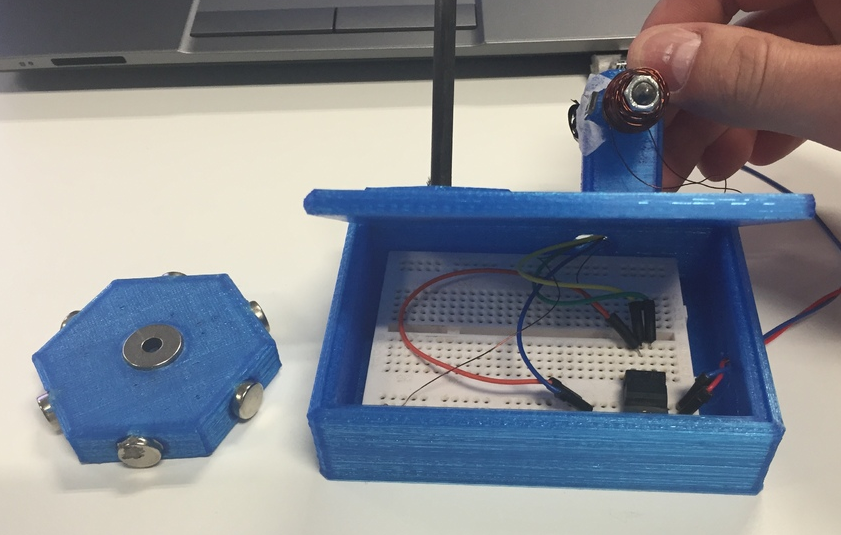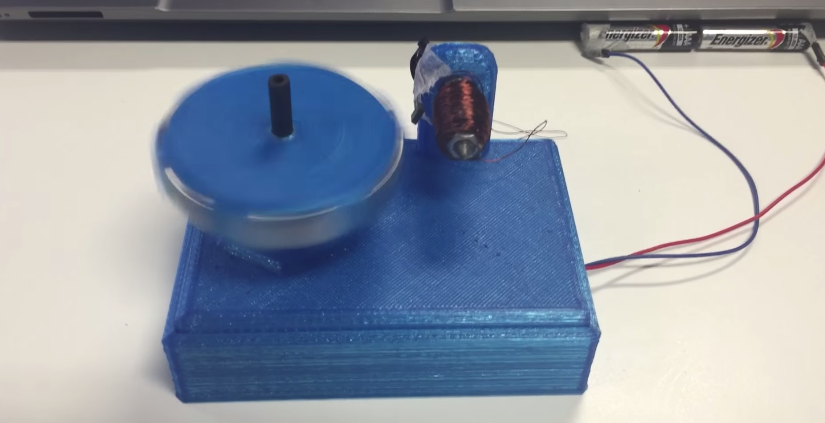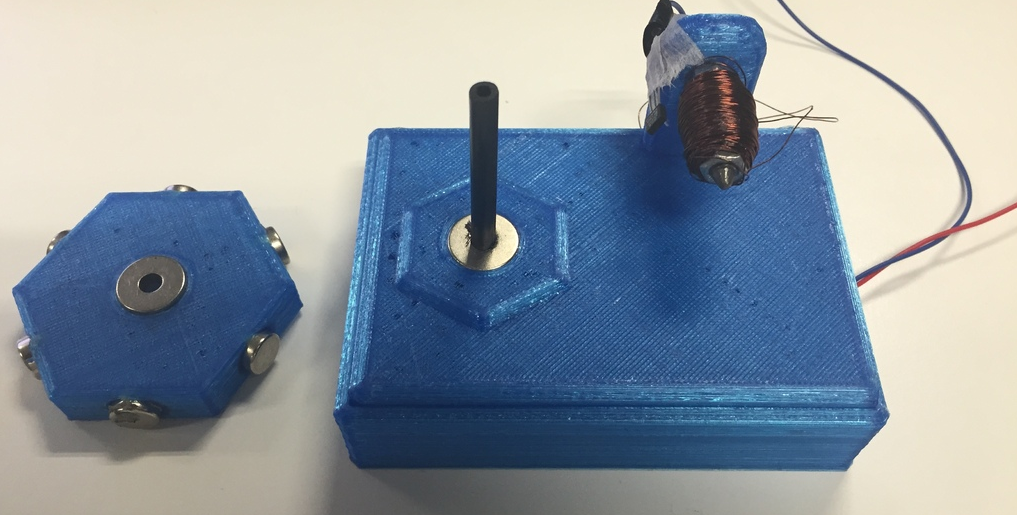 Covering the news and never ending stream of interesting projects involving 3D printing I get to see so much. From 3D printed cars to houses to applications in space, 3D printing is strengthening its grip on virtually every industry out there. Some of my favorite applications of this technology, however, are the smaller DIY gadgets that people make and post on Thingiverse, Instructables, or any of the other 3D model repositories and DIY sites each and every day.
Covering the news and never ending stream of interesting projects involving 3D printing I get to see so much. From 3D printed cars to houses to applications in space, 3D printing is strengthening its grip on virtually every industry out there. Some of my favorite applications of this technology, however, are the smaller DIY gadgets that people make and post on Thingiverse, Instructables, or any of the other 3D model repositories and DIY sites each and every day.
We’ve already seen several different types of motors which are created with the help of 3D printing, not to mention the actual 3D printed metal jet engines we have seen. Not only do these motors make awesome little gadgets that garner the attention of friends and family, but they also provide an invaluable education tool into mechanical design and assembly.
While browsing Thingiverse the other day I stumbled upon yet another 3D printed motor setup created by a South African man named Kyle Jardine. Jardine, who had absolutely no knowledge of the mechanics of motor function only a year ago, has taught himself everything that’s necessary to construct his own DIY motors. In the past year alone he has created several versions of a Newman motor, motors assembled with reed switches, and many others working designs. Recently he purchased a Prusa i3 3D printer kit which he was able to assemble.
“Now I am continuing my motor builds with the ability to fabricate any part I may need,” explained Jardine to 3DPrint.com. “With the aim of learning enough before I leave this earth to give the world free energy, helping the human race shift from a mind-set of scarcity to a mind-set of abundance.”
 Jardine’s latest motor is a model that relies on magnetic levitation and a simple pulse. Besides the 3D printed components, Jardine had to purchase a few other parts before assembling this incredibly interesting motor. This included a carbon rod from a local hobby shop, a hall effect sensor (a device which can change its voltage output dependent on where it is in proximity to a magnetic field), PNP
Jardine’s latest motor is a model that relies on magnetic levitation and a simple pulse. Besides the 3D printed components, Jardine had to purchase a few other parts before assembling this incredibly interesting motor. This included a carbon rod from a local hobby shop, a hall effect sensor (a device which can change its voltage output dependent on where it is in proximity to a magnetic field), PNP  Transistor, and of course magnets. Jardine used his Prusa i3, which has a nozzle diameter of 0.4mm and prints with a layer height of 0.2mm, to fabricate all of the other components using PLA filament. The way this magnetically levitated simple pulse motor works is quite simple, yet it’s incredibly efficient.
Transistor, and of course magnets. Jardine used his Prusa i3, which has a nozzle diameter of 0.4mm and prints with a layer height of 0.2mm, to fabricate all of the other components using PLA filament. The way this magnetically levitated simple pulse motor works is quite simple, yet it’s incredibly efficient.
“This is a pulse motor, and as the name suggests, it pulses,” explained Jardine to 3DPrint.com. “When the motor is off no current is passing though. It is only activated when a magnet passes by the hall effect sensor and then energizes the coil. The coil then ‘pushes’ the rotor away and rotates it, the next magnet passes by the sensor energizing the coil and repeating the process.”
As you can see from the video provided below, the 3D printed hexagon piece with a single magnet per side is able to levitate on a post, causing very little friction, and hence high efficiency. Jardine had originally planned to power the motor using a solar panel, however, the fluorescent lights over his desk at work did not cooperate. He has since connected two AAA batteries for power, and the motor works like a charm.
We are sure that Jardine will continue experimenting with various motor designs as he tries to contribute to a world free of energy scarcity. Let us know your thoughts on this interesting new motor that he has designed and assembled. Discuss in the Magnetically Levitated Simple Pulse Motor forum thread on 3DPB.com.
Subscribe to Our Email Newsletter
Stay up-to-date on all the latest news from the 3D printing industry and receive information and offers from third party vendors.
You May Also Like
Gorilla Sports GE’s First 3D Printed Titanium Cast
How do you help a gorilla with a broken arm? Sounds like the start of a bad joke a zookeeper might tell, but it’s an actual dilemma recently faced by...
Nylon 3D Printed Parts Made More Functional with Coatings & Colors
Parts 3D printed from polyamide (PA, Nylon) 12 using powder bed fusion (PBF) are a mainstay in the additive manufacturing (AM) industry. While post-finishing processes have improved the porosity of...
$25M to Back Sintavia’s Largest Expansion of Metal 3D Printing Capacity Since 2019
Sintavia, the digital manufacturing company specializing in mission-critical parts for strategic sectors, announced a $25 million investment to increase its production capacity, the largest expansion to its operations since 2019....
Velo3D Initiates Public Offering in a Bid to Strengthen Financial Foundations and Drive Future Growth
Velo3D (NYSE: VLD) has been among a number of publicly traded 3D printing firms that have attempted to weather the current macroeconomic climate. After posting a challenging financial report for 2023,...
































